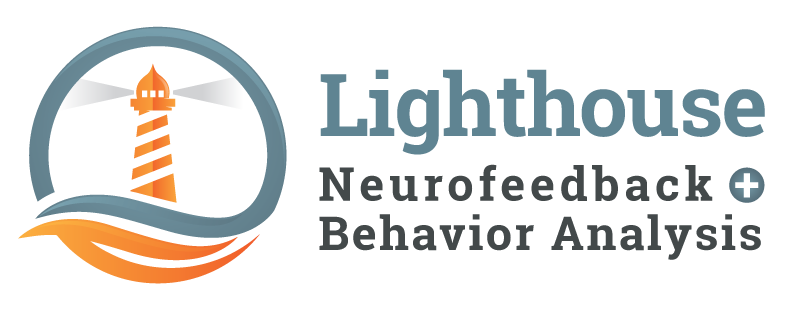Behavioral Training of Early Executive Functioning Game #2: How Effective Therapy for Your Child with Autism or ADHD is a Matter of Behavioral Exercise
Game #2 (of 3): Red Light Green Light (RLGL)
1) In this game, the child stands on one side of the room and touches the wall. From the other side, the adult says “Green Light” and the child can then start moving toward the adult across the room. When the adult says “Red Light” the child is supposed to stop immediately. If they take any extra steps or start moving before “Green Light” is called, they have to return to the starting wall and start over. If the child stops when they are supposed to, then after some number of green lights they are able to tag the adult.
2) The way that I play, the child earns a point every time they tag me, but I get a point if they take extra steps after “Red Light” is called and they have to go back to the wall. If a pair of children are playing, the child who tags me the most after a series of trials wins.
3) RLGL teaches the child to stop a response that is already in motion because of a relatively unexpected stimulus. They have to notice when the sound “Red Light” is made, and inhibit the movement of the legs while avoiding falling. They have to focus on the sounds coming from the adult and ignore other, irrelevant stimuli. The cue that they need to attend and respond to correctly is only auditory, which is a class of stimuli that are easier to attend to than visual ones. We don’t have to have our bodies oriented in a specific direction in order to be affected by sound stimulus (unlike visual), so it requires less control and is harder to ignore.
4) Kids diagnosed with neurodevelopmental disorders, like autism, ADHD, Down’s Syndrome, Fetal Alcohol Syndrome, or traumatic brain injury can have a great deal of trouble with this. Some kids will try to run fast, only to find out that it is not possible to stop without at least one extra step. Some kids will often miss the cue and keep running. Others will be unable to stand still and wait until green light is called.
5) Some modifications to ensure your child is mostly successful and enjoys playing the game:
Saying the cues slowly, allowing the child more time to stop forward motion.
Allowing the child to take one, or even two extra steps before you make the call that they have run a red light.
Holding up your hand just before you say “Red Light” so they know that it is about to come.
6) After your child has mastered the standard version of the game, there are a few things you can throw in to make it more challenging and stimulating of neural development.
Say “Red Light” after the child has stopped so that he or she needs to listen to what is being said and is not just starting reflexively when they hear you make a sound.
Say things like “Green Monster” instead of “Light” so that the child has to listen to the whole utterance. If you said “Green Bright” instead of “Monster” it would be even harder.
Require that the child freeze their whole body when you say “Red Light” so that they are practicing a greater degree of motor control.
RLGL is a great way to teach kids how to inhibit impulses and attend to important sound stimuli. It builds the brain muscles needed to succeed in a wide variety of settings, especially school and in social interactions. Augmented with neurostimulation and neurofeedback, children show definite and rewarding improvements and succeed in more aspects of their lives. But remember, alone, RLGL will only produce results slowly and only when it is done on a daily basis for weeks or months. Rome wasn’t built in a day! And it’s always a good idea to do the game before a more preferred activity (preferably as part of a routine) or offer a small reward for participating, especially when the child performed exceptionally well.

